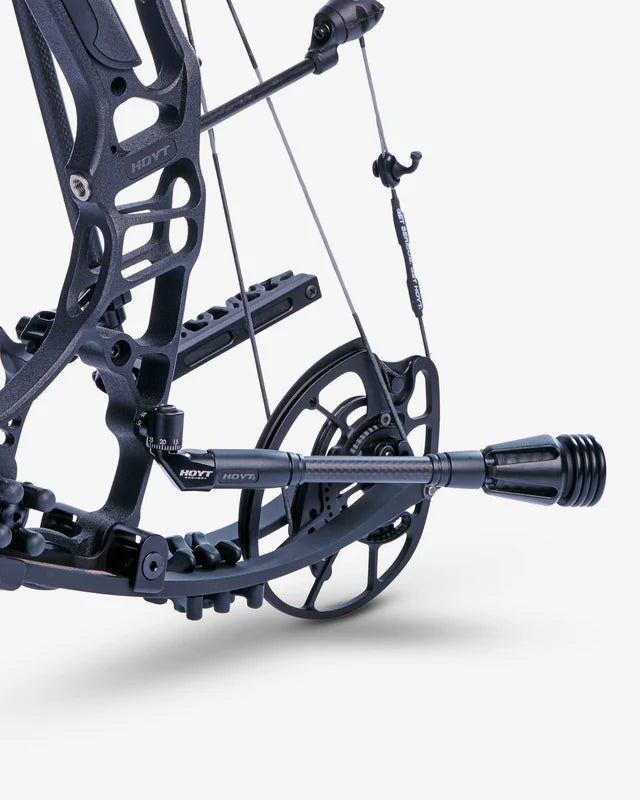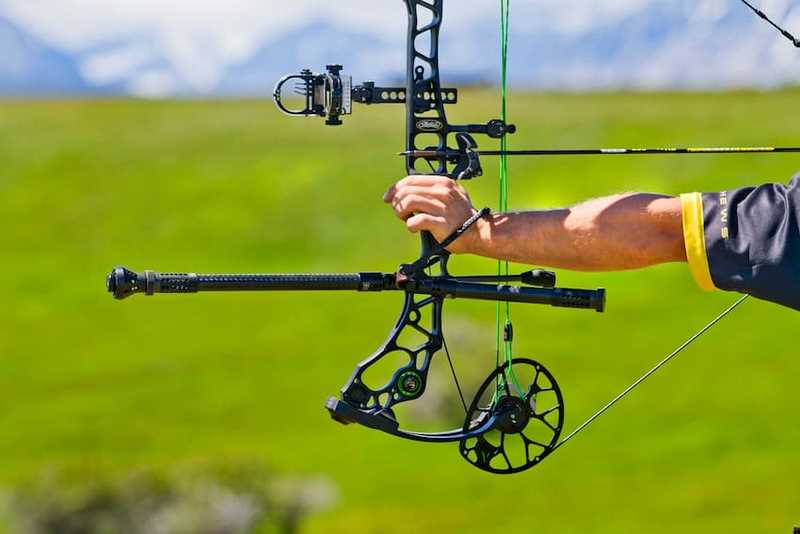Selecting the Best Archery Stabilizer: Tips and Recommendations
Master the Art of Archery: Comprehending the Relevance of a Stabilizer in Your Setup
Whether one is a seasoned archer or just beginning their journey, the significance of a stabilizer in their configuration can not be overemphasized. By recognizing the advantages of using a stabilizer, thinking about the best variables when choosing one, and properly setting up and changing it, archers can boost their skills to new elevations.
The Role of a Stabilizer in Archery
A stabilizer plays an important role in archery by boosting balance and minimizing vibrations during the shot. A stabilizer aids to neutralize these vibrations by dissipating the energy and taking in (archery stabilizer).
One of the primary advantages of a stabilizer is its ability to enhance equilibrium. When an archer holds a bow, it can be testing to keep a consistent purpose. The weight of the stabilizer helps to distribute the weight evenly, minimizing the stress on the archer's arm and improving security. This permits the archer to concentrate on their purpose and carry out a more precise shot.
In addition to balance, a stabilizer likewise aids to lower torque. When an archer releases the bowstring, there is an all-natural propensity for the acquiesce revolve in the hand. This turning, called torque, can cause the arrowhead to veer off-course. The weight and layout of a stabilizer counteract this rotation, making certain an extra exact and consistent shot.
Advantages of Using a Stabilizer
The utilization of a stabilizer in archery supplies various advantages that improve an archer's efficiency and general capturing experience. A stabilizer helps to reduce the vibrations created upon launch of the arrow. These resonances can create the acquiesce torque or twist, leading to incorrect shots. By absorbing and wetting these resonances, the stabilizer enhances the stability of the bow, enabling for more exact and constant shots.
Second of all, a stabilizer assists to balance the bow by including weight to the front end. This weight distribution counteracts the all-natural propensity of the acquiesce tip forward upon launch, decreasing the amount of motion and boosting the archer's capability to preserve objective on target.

Finally, a stabilizer can also work as a shock absorber, decreasing the shock and recoil experienced upon launch. This not only boosts the comfort of capturing but also minimizes the threat of injury or strain on the archer's body.
How a Stabilizer Enhances Precision
Enhancing the accuracy of an archer's shots, a stabilizer plays a vital role in improving overall efficiency. archery stabilizer. By adding security to the bow, a stabilizer assists lessen the unwanted activity and vibration that can happen during a shot. This reduction in motion enables the archer to preserve a stable objective, resulting in even more exact and consistent shots

Furthermore, a stabilizer aids to dampen vibrations that happen upon launch. These vibrations can create the bow to tremble, affecting the arrowhead's trajectory and precision. By absorbing and dissipating these vibrations, a stabilizer aids to keep the bow's stability and ensure a smooth and precise shot.
Furthermore, a stabilizer can also help in balancing the weight distribution of the bow (archery stabilizer). By adding weight to the front of the bow, a stabilizer assists to balance the weight of devices, such as quivers or sights, which might be affixed to the bow. This well balanced weight circulation aids the archer keep a constant and regulated capturing setting, causing enhanced accuracy
Factors to Think About When Choosing a Stabilizer
When choosing a stabilizer for your bow, it is vital to consider several variables that will add to its total efficiency and viability for your individual shooting style. The initial aspect to think about is the size of the stabilizer.
An additional aspect to consider is the weight of the stabilizer. The weight of the stabilizer can affect the equilibrium of your bow. A much heavier stabilizer can assist to decrease resonances and enhance security, causing a steadier shot. A lighter stabilizer might be liked by shooters that prioritize maneuverability and speed.
Some stabilizers have adjustable functions, such as adjustable size or adjustable weights, which allow you to tailor the stabilizer to your certain needs. Carbon fiber stabilizers are light-weight and long lasting, while aluminum stabilizers offer an equilibrium between weight and strength.
Finally, it is necessary to consider your shooting design and preferences. Various stabilizers may function far better for certain shooting styles, such as target capturing or searching. It is suggested to consult with knowledgeable archers or experts to figure out which stabilizer will certainly finest suit your browse this site private demands. In general, thinking about these aspects will certainly help make certain that you select a stabilizer that improves your shooting experience and enhances your precision.
Tips for Appropriately Setting Up and Changing a Stabilizer
Longer stabilizers provide more security yet can be much less manoeuvrable, while shorter stabilizers provide increased ability to move however might give up security. When you have actually selected the proper length, connect the stabilizer to the bow utilizing the offered placing equipment. Make sure that the stabilizer is safely secured and aligned with the bow's riser.
After mounting the stabilizer, it is needed to make modifications to accomplish the desired balance and shot uniformity. Begin by readjusting the weight distribution along the stabilizer. This can be done by adding or removing weights from the stabilizer's weight system. Try out different weight configurations to locate the balance that functions best for you. Furthermore, consider changing the angle of the stabilizer to make improvements the shot. A small forward or backwards tilt browse around here can affect the bow's equilibrium and just how it responds during the shot.

Conclusion
In verdict, a stabilizer plays an important duty in archery by enhancing accuracy and minimizing bow torque. By adding weight to the bow, it helps to balance and maintain the shot. When choosing a stabilizer, factors such as weight, length, and product need to be considered to fulfill specific requirements. Correct installment and change of the stabilizer are also essential for optimal efficiency. Mastering the usage of a stabilizer can substantially boost the archer's ability and accuracy.
Moreover, a stabilizer can additionally assist in stabilizing the weight distribution of the bow. By adding weight to the front of the bow, a stabilizer helps to try this website stabilize the weight of accessories, such as views or quivers, which may be connected to the bow. Some stabilizers have adjustable features, such as adjustable size or adjustable weights, which allow you to customize the stabilizer to your specific requirements. Carbon fiber stabilizers are sturdy and light-weight, while light weight aluminum stabilizers offer an equilibrium in between weight and rigidness.
Longer stabilizers supply even more security but can be much less maneuverable, while much shorter stabilizers supply increased maneuverability but might give up security.